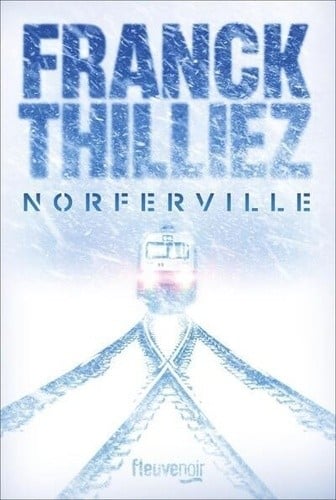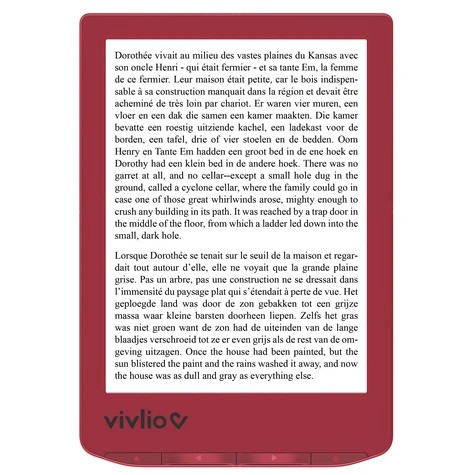En cours de chargement...
They struggled through air raids, U-boat attacks, spies, a second Pearl Harbor attack, high taxes, and scrap collections. The Rose Bowl was moved to Durham, North Carolina. There would be no Thanksgiving Day parades. (Macy's had donated their balloons to a rubber drive.) Women became Santas now that there was a shortage of men. Golf courses became victory gardens, while the Tri-State Tennis Championship was so short of players that Sarah Palfrey Cooke was allowed to partner with her husband, Elwood, during the men's doubles.
Hitler's Minister of Propaganda, Joseph Goebbels, laughed at the prospect that the United States could "produce as much as we, who have the entire economic capacity of Europe at our disposal." Americans proved him wrong. More than 100, 000 U. S. companies reinvented themselves to produce war goods. Meanwhile, American free enterprise created more than a half million new businesses. Jack Daniel's Distillery made industrial alcohol.
Hanes Knitting Company supplied thousands of soldiers with sturdy one piece "union suits." (The briefs and athletic shirts snapped together to compensate for rubber, elastic, metal, and button fastener shortages.) While Jockey made the first colored underwear, Maidenform Company of Bayonne, New Jersey, manufactured 28, 500 pigeon vests so paratroopers could send messages behind enemy lines. The war changed America.
Government became bigger. Companies became wealthier and labor unions grew stronger. Wartime production created and grew towns and cities. New cutting edge technologies like Epoxy, Styrofoam, Saran wrap, plastics, night vision, crash helmets, duct tape, and Teflon were developed. There were innovations in air travel, communications, and life-saving drugs. Machine guns, semi-automatic rifles, anti-aircraft guns, flame throwers, smokescreens, biological chemicals, torpedoes, pesticides, and a host of new types of explosives made World War II the deadliest war in world history.





